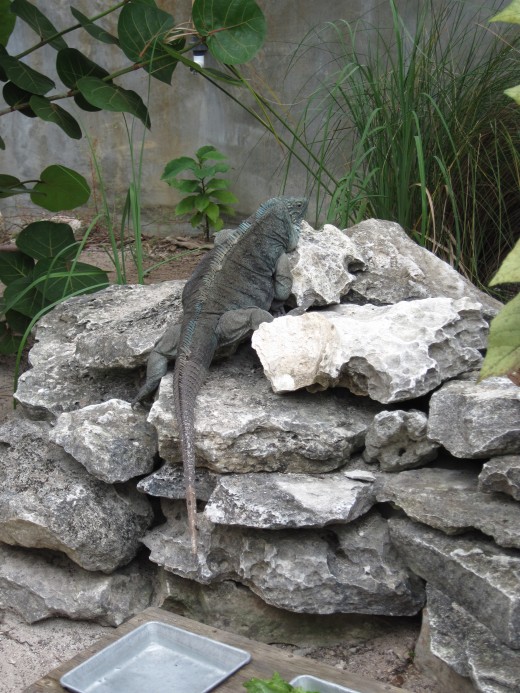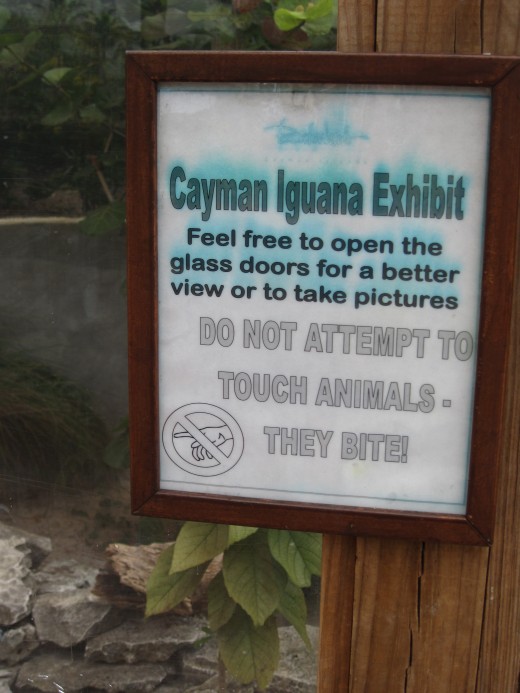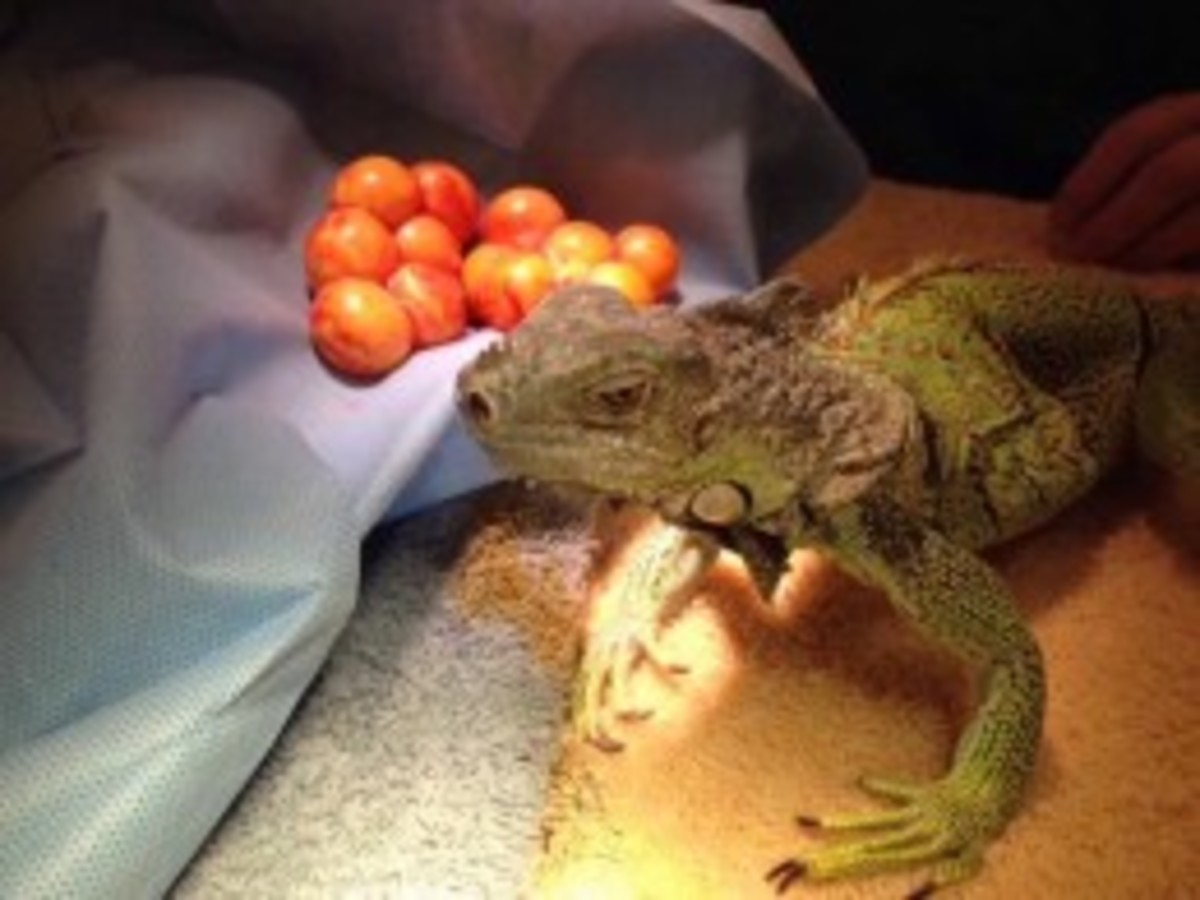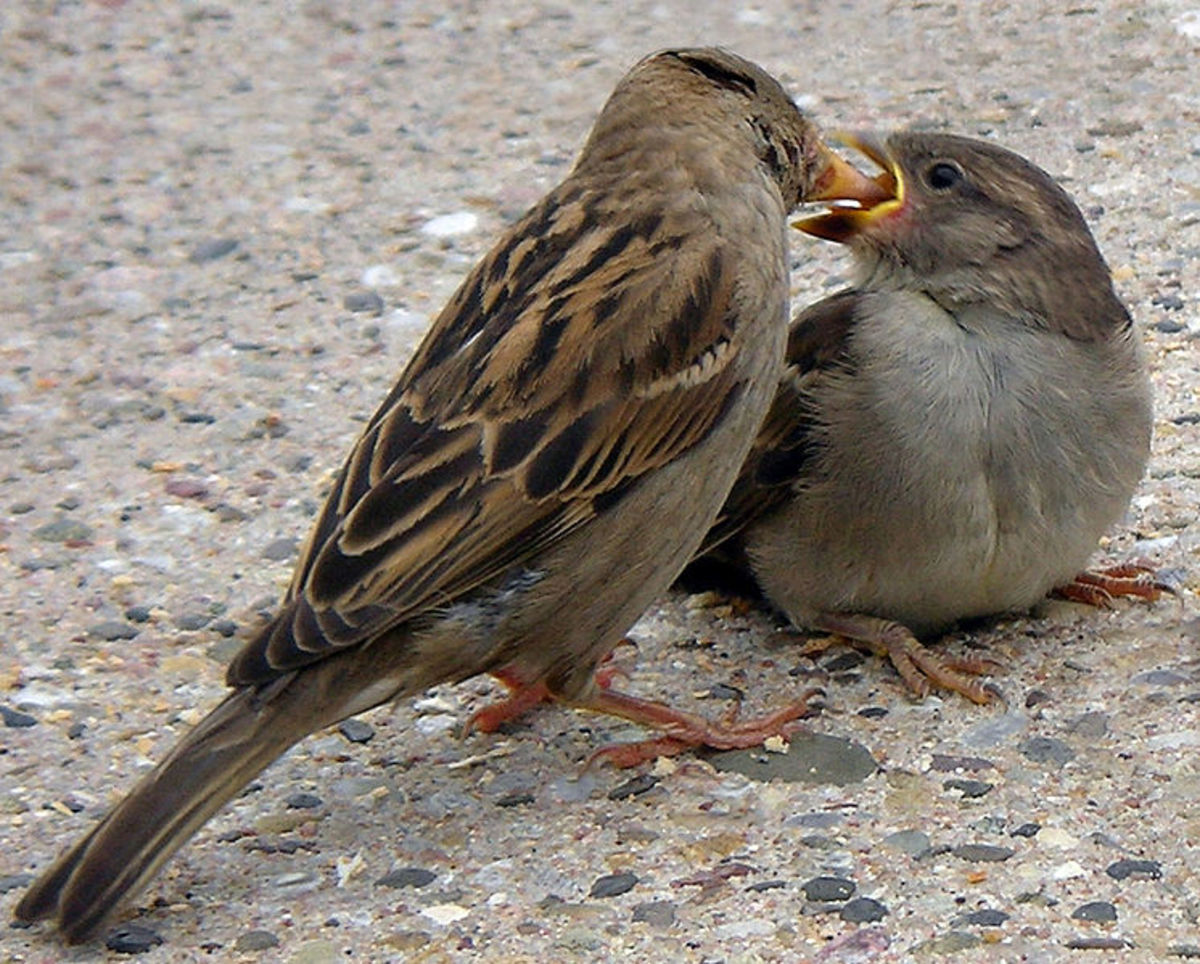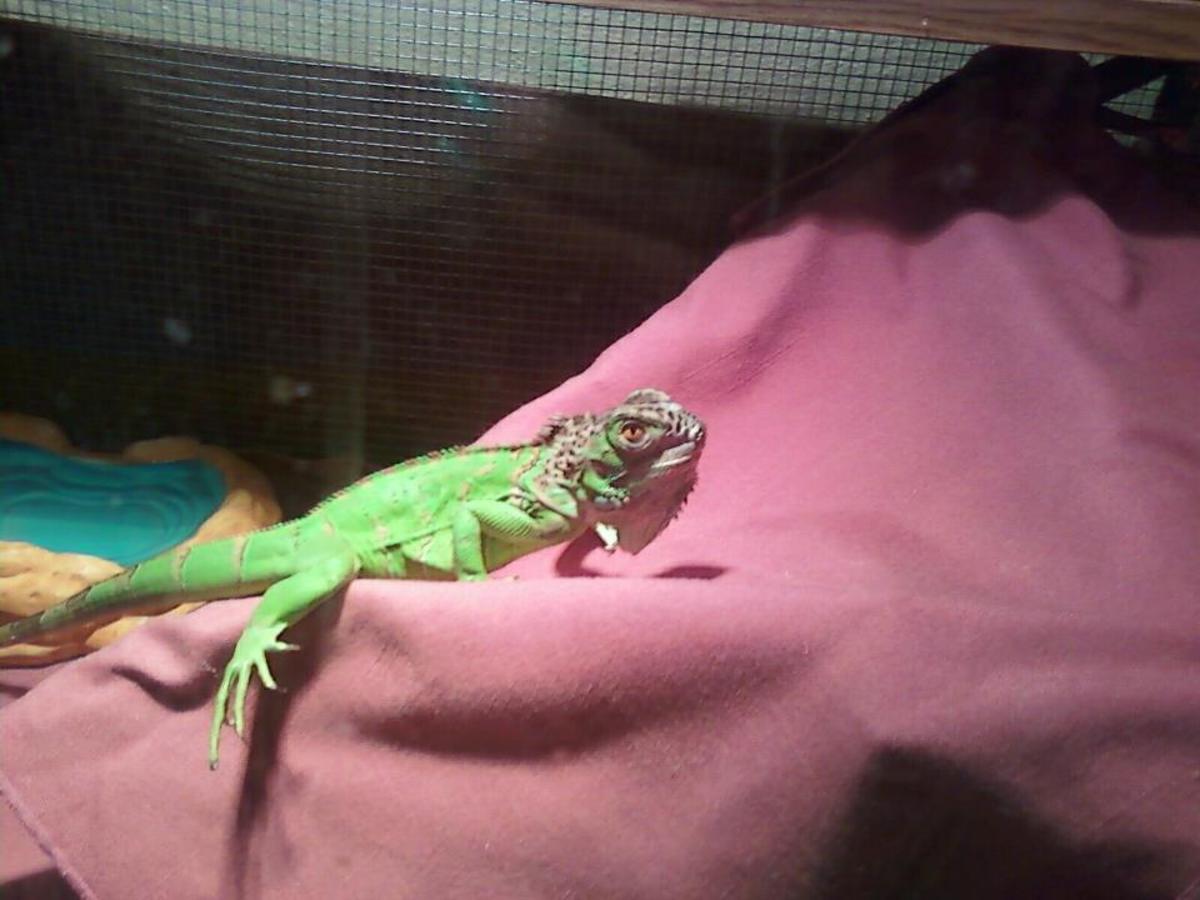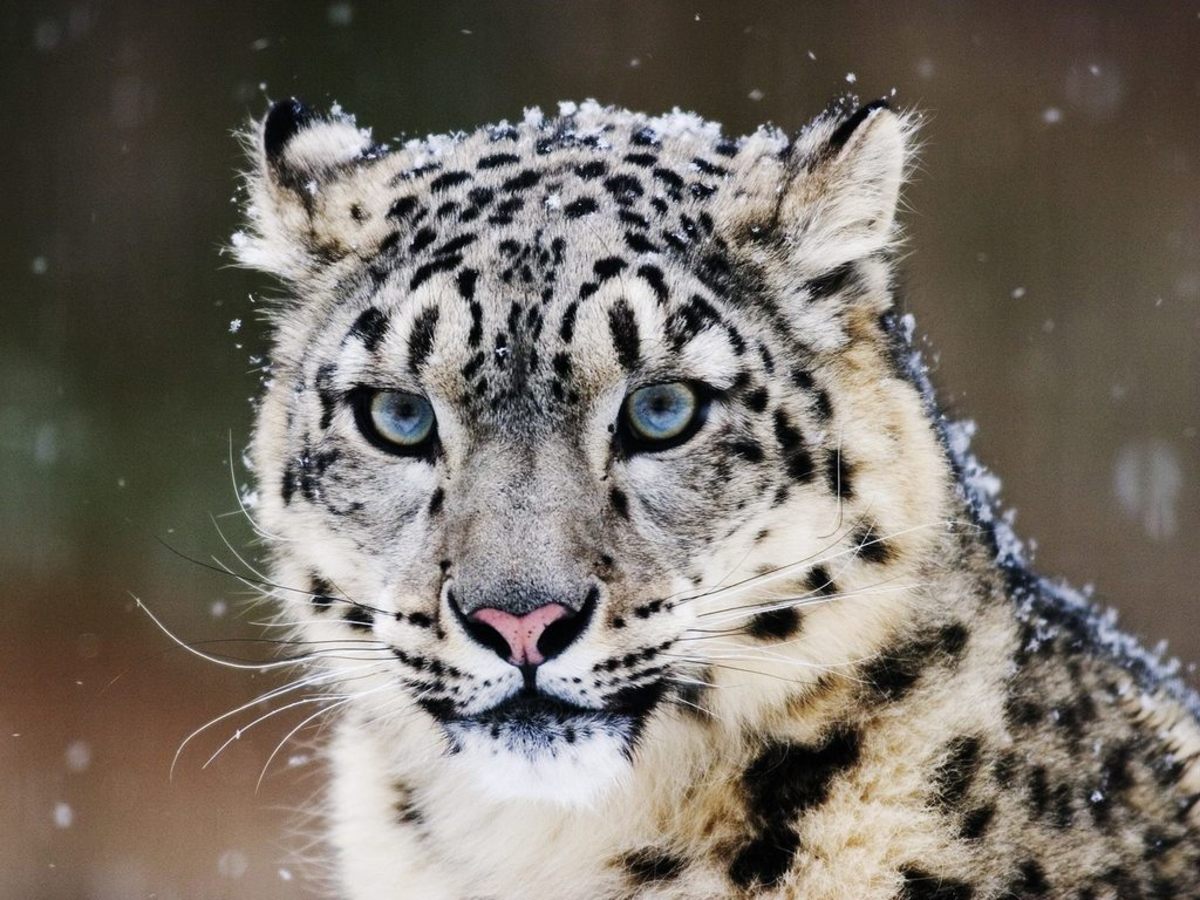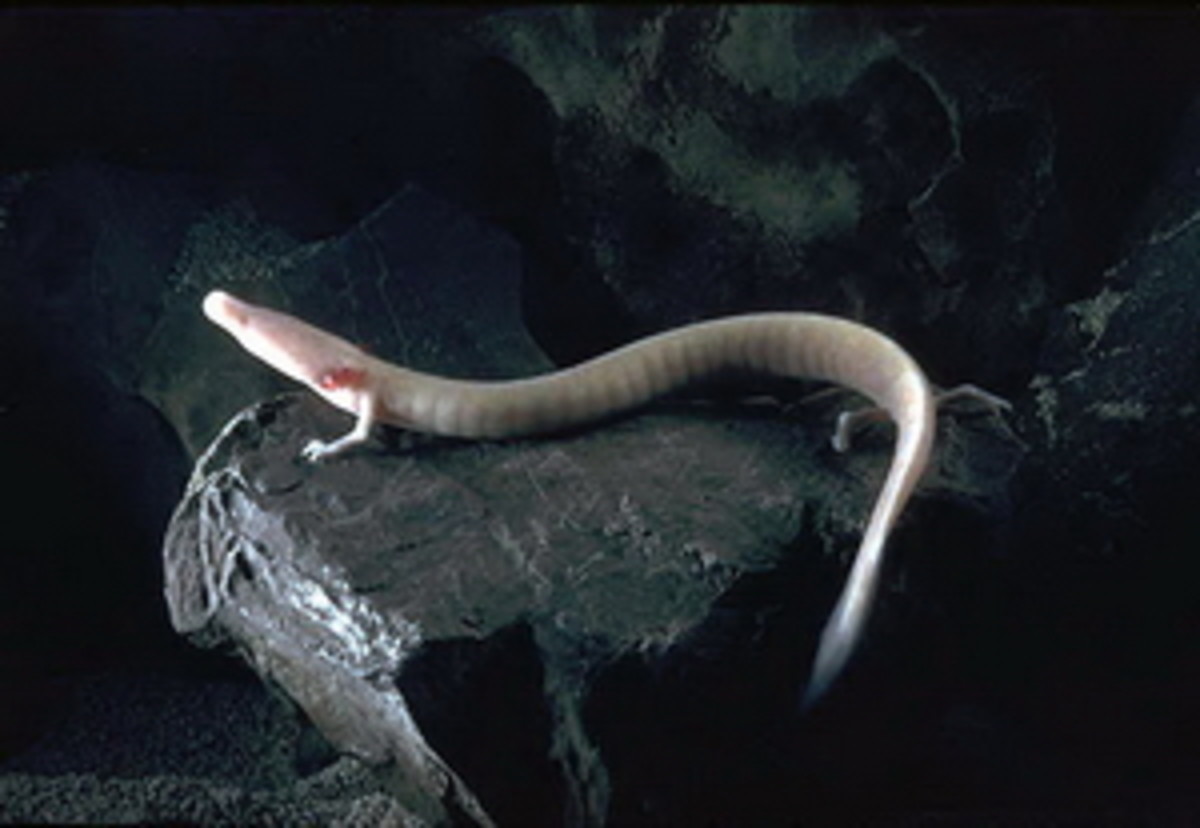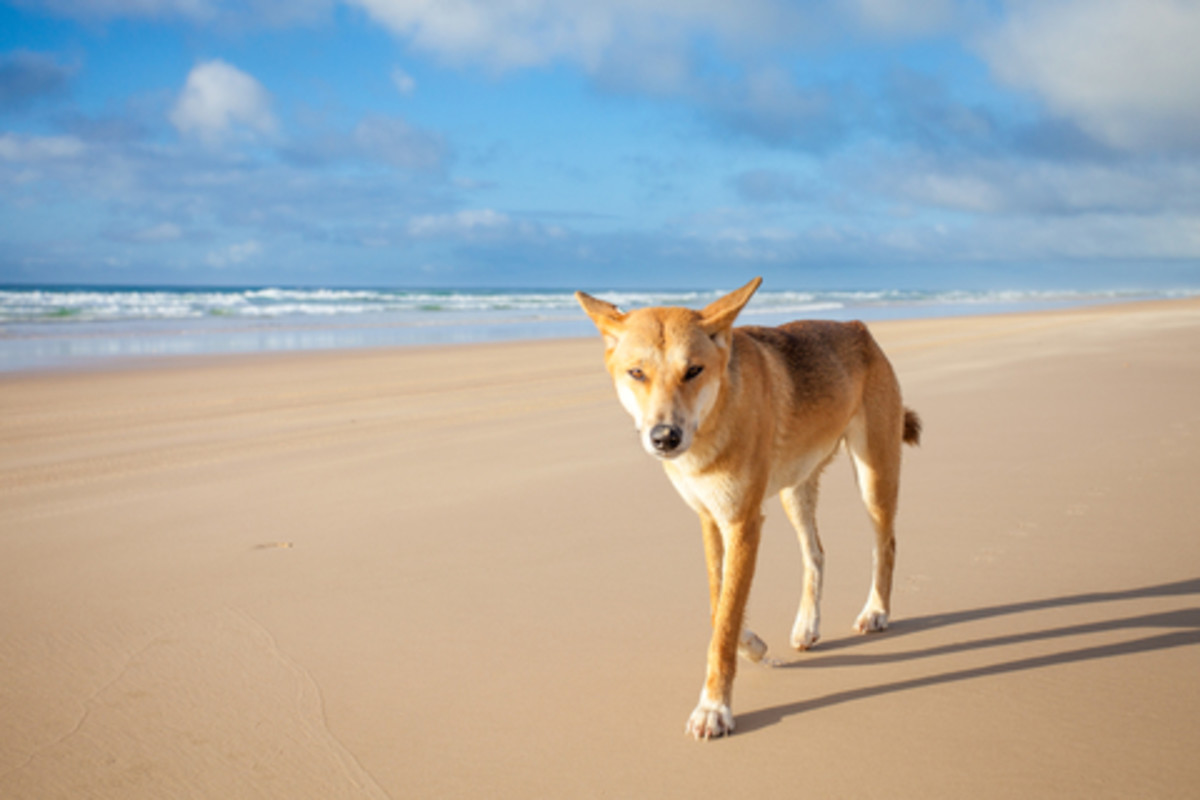- HubPages»
- Education and Science»
- Life Sciences»
- Endangered Species
Blue Iguana Recovery Program - Saving an Endangered Species
Saving and Endangered Speies
January 24, 2010
In addition to helping humans in need, charity also includes helping animals as well.
Obviously humans come first but, in wealthier societies like ours, we can also afford to help animals as well.
In addition to aiding abandoned and stray pets along with other, domestic and wild, animals in distress, help includes trying to save species that are faced with extinction.
The Blue Iguana found on Grand Cayman Island is one such sub-species that is unique and is endangered. These iguanas are found only on the the island of Gran Cayman in the Caribbean.
As recently as 2002 the numbers of Blue Iguanas in the wild had dwindled to a mere 10 to 25.
A Blue Iguana
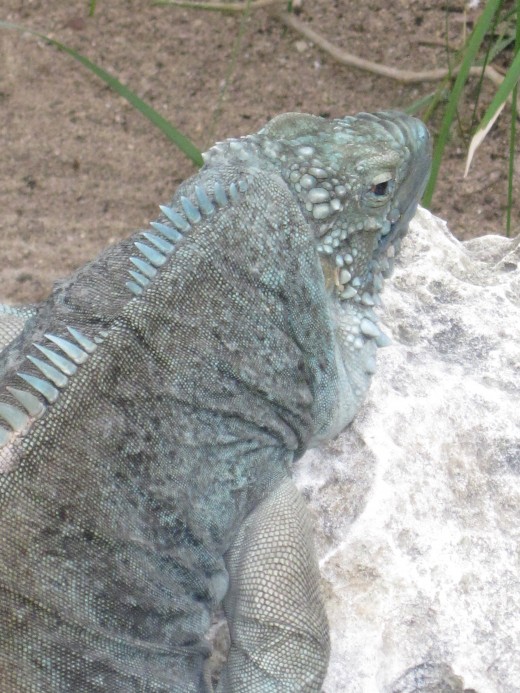
Blue Iguana Recovery Program
However, thanks to the Blue Iguana Recovery Program run by the Cayman Islands National Trust, the number of Blue Iguanas living in the wild had increased to almost 300 thanks to their releases of young born in their captive breeding programs.
The National Trust is a statutory non-profit organization that relies on both public and private funds along with the efforts of volunteers in helping to advance its mission of preserving the natural and historic environment of the Cayman Islands.
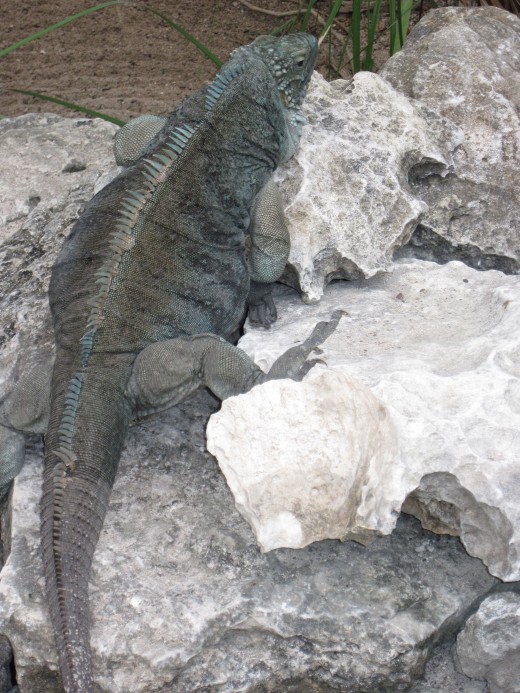
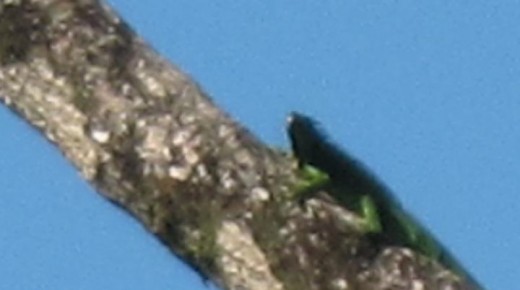
Green Iguanas and Lesser Antillian Iguanas
Iguana's are a type of lizard that is native to the New World and is found in the tropics of Central America, South America and the Caribbean. In recent years iguanas can also be found in zoos, pet shops and homes in North America as well.
According to WikiPedia the genus Iguana is subdivided into two species, the common Green Iguana and the rarer Lesser Antillian Iguana.
The Green Iguana is found throughout their entire habitat including North America where they are popular pets. The Lesser Antillian Iguana is native to the Caribbean and are only found in the Caribbean area and in zoo breeding programs.
While endangered, the Lesser Antillian Iguanas are found in greater numbers than the Blue Iguana and their habitat extends over a number of islands in the Antillies group.
The Blue Iguana is actually a Lesser Antillian Iguana that has developed separately from the rest of the group which resulted in it having developed some different characteristics over time. However, it remains closely related to other Lesser Antillian Iguanas and interbreeds with them.
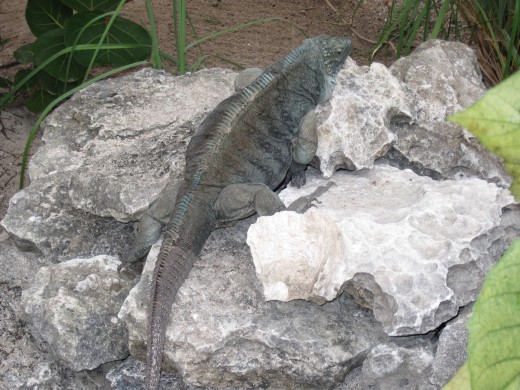
The Turtle Farm at Boatswains Beach
I was familiar with green iguanas having seen pictures of them as well as having seen a few in zoos.
Years ago, we actually owned one for a few weeks a number of years ago when my son saved his money and brought one as as pet. He soon lost interest in it and sold it to a friend.
But I had never heard of Blue Iguanas until my wife and I arrived in Grand Cayman on a recent cruise. Having heard about the Boatswains Beach Turtle Farm from friends on the ship, we made plans to visit it and, when we arrived discovered that, in addition to turtles, the farm included other tropical creatures.
A Blue Iguana Named Dalilah
Originally started in 1968 as Mariculture, Ltd. by a group of investors from the U.S. and the United Kingdom with the intention of breeding and raising turtles with the intent of selling the meat and other products to markets in North America and European.
However, changes in laws in the U.S and some other nations restricting the sale of turtle products resulted in Mariculture, Ltd. going out of business and being taken over by a German group that attempted to operate it as a non-profit conservation organization.
Again, the venture proved not to be viable financially and was eventually purchased by the Cayman Islands government and is now operated as a private non-profit company supplying turtle products for the local market and breeding additional turtles for release in order to build the wild population.
While turtles are still the primary focus of the Cayman Turtle Farm, Ltd. is still turtles, additional local wildlife were added including participating with the Cayman Islands National Trust Blue Iguana breeding program and it was here that we got to see a Blue Iguana.
The day we visited only one Blue Iguana, a female named Delilah, was on display. Because Blue Iguanas are very territorial and prefer to live a solitary life except when breeding, Delilah was in the display area alone as putting another Blue Iguana in with her would have resulted in a fight.
Thanks to Donors and Volunteers Blue Iguanas May Be Around for Future Generations
Thanks to the efforts of the Cayman Islands National Trust and organizations like the Cayman Turtle Farm at Boatswains Beach, along with the support of contributors and volunteers who assist the National Trust in this effort, the Blue Iguana is slowly making a comeback on Grand Cayman (the only place where it lives) and may not become extinct thereby allowing future generations to view and enjoy this manginficant creature.

